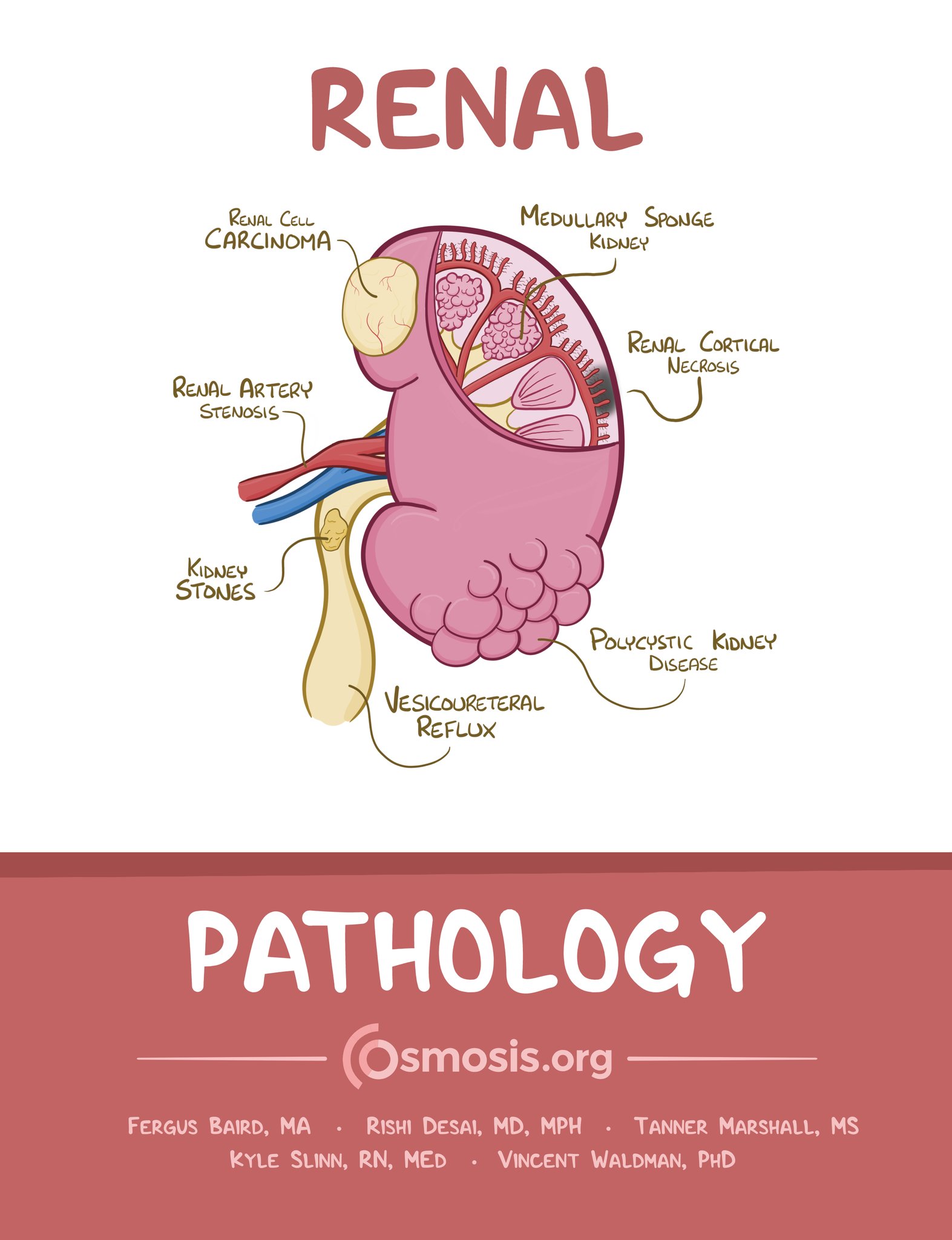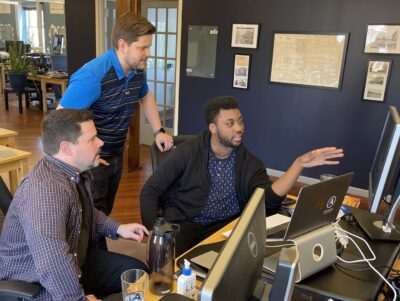Osmosis started with a digital platform looking to help medical students and health professionals get a refresher on material. Then the startup branched into video that can be distributed around the web in spots like Wikipedia.
The company’s next foray is into print. Using such a paper-heavy approach may seem anathema to a tech company, but feedback from the market led the team to offer textbooks, said cofounder Shiv Gaglani.
With books covering two topic areas currently available in the company’s “Shop” with other merchandise, the books are an offering designed to complement the company’s platform. Osmosis makes videos that include colorful animations and a more conversational tone. It’s designed to make it easier for users to pick up the material. Team members found that content can also be repurposed into book form, Gaglani said.
Gaglani said the idea came about as a result of observing what students want while studying. They still want to have a place to take notes and use a highlighter. “Old habits die hard,” Gaglani said. “Our market wants print stuff.” So far, sales have outpaced expectations, as over 500 copies were sold in the first two months. That’s 4 times more than original estimates.
He credited Diana Stanley – who came up with the idea for print books – as well as Kyle Slinn and Fergus Baird with leading the effort. The team put in processes to take the content that was produced in video and turn it into a book.
“The team itself has built this. This is the first real initiative where we had nothing to do with execution of it,” Gaglani said of himself and his fellow cofounder.
Gaglani was equally deferential when discussing one of his own recent accolades. The 28-year-old was among those recognized by Forbes’ 30 Under 30 in education.
“While they recognize individuals, I consider it more reflective of the overall work Osmosis is doing as opposed to what any individual on the team is doing,” he said.
Join the conversation!
Find news, events, jobs and people who share your interests on Technical.ly's open community Slack





